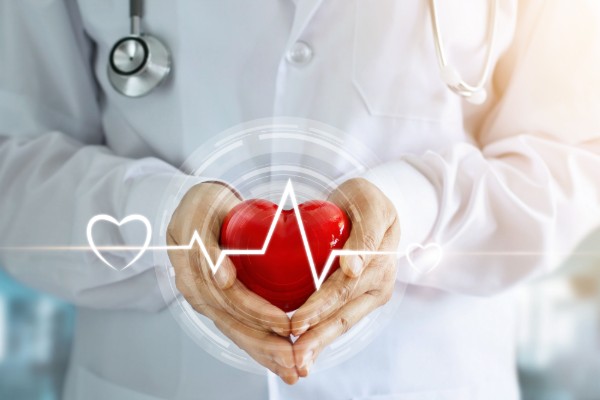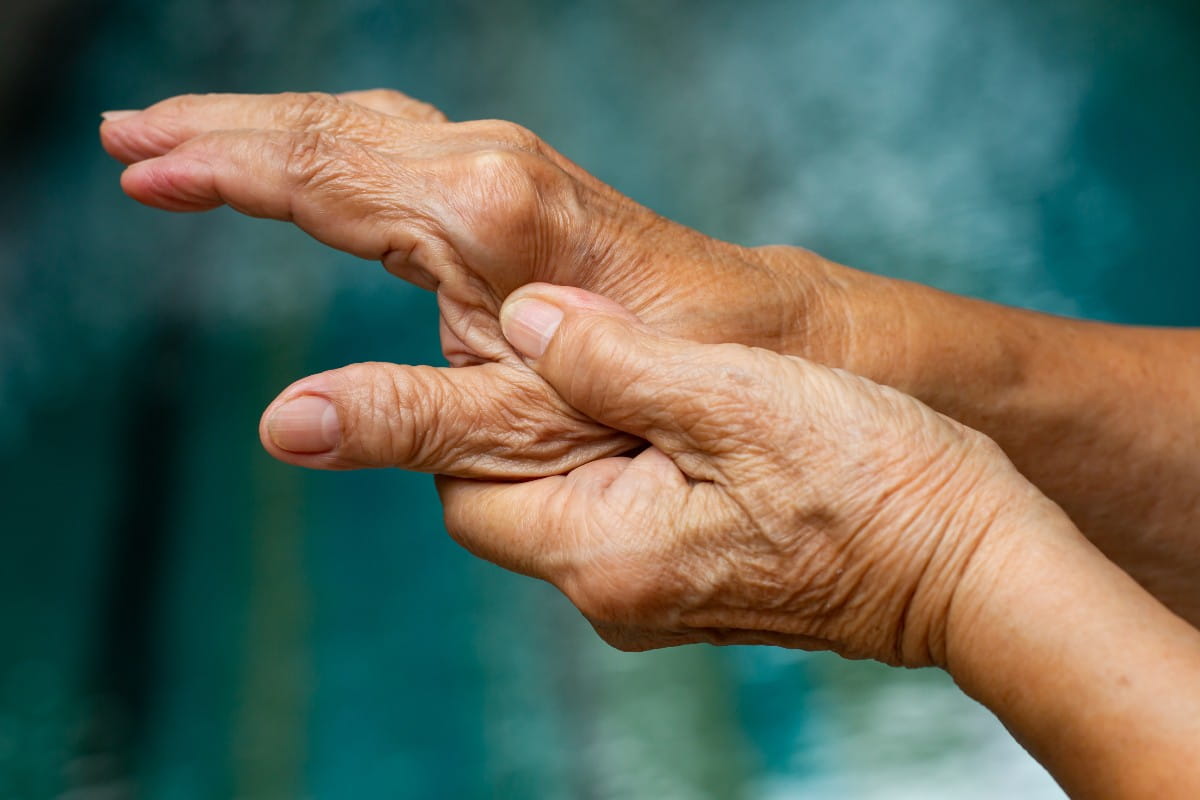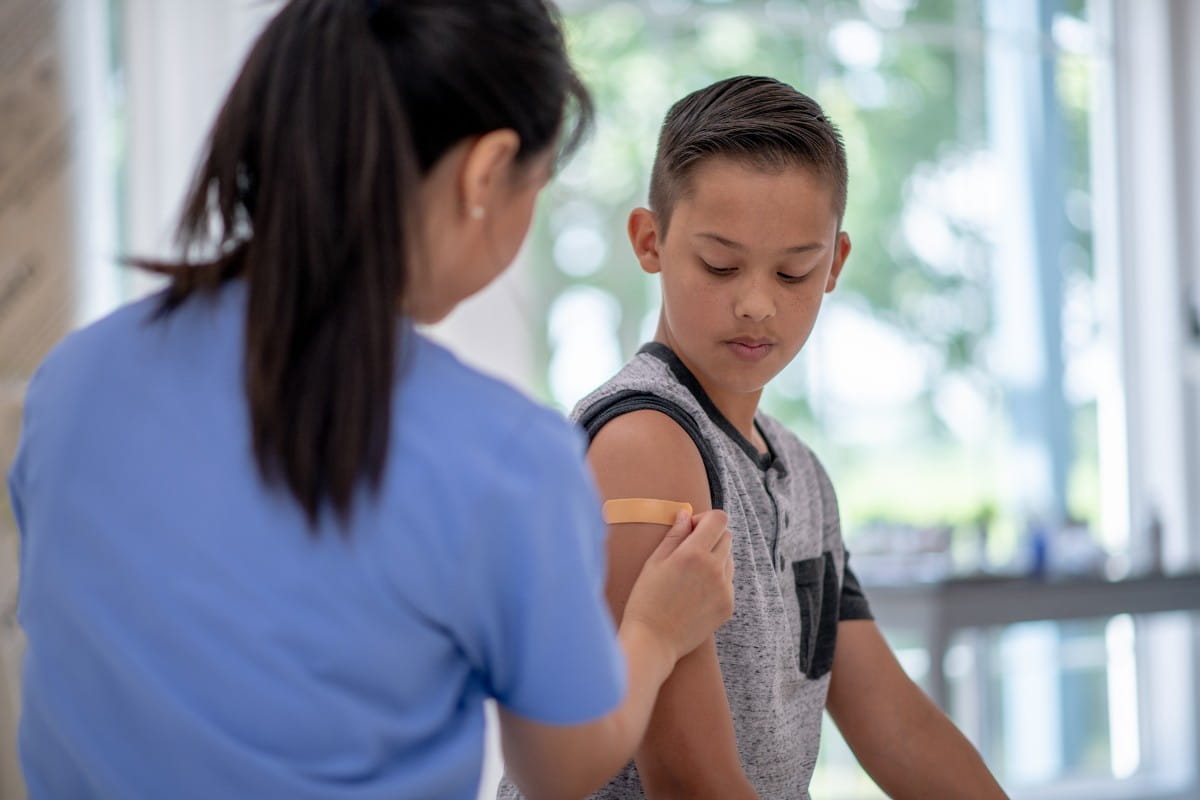“Heart attack” and “cardiac arrest” may seem like the same terms, but in reality they describe very different events. While both are life-threatening problems with the heart, the causes and treatments are not the same.
“A heart attack, technically called a myocardial infarction or MI, happens when there is a blockage that prevents the oxygen-rich blood from getting to the heart,” explains William Harris III, M.D., a cardiologist with Riverside Cardiology Specialists. “Cardiac arrest is when the heart suddenly stops functioning. In a cardiac arrest the heart stops beating and pumping blood to our vital organs.”
While one is caused by a blockage and one is caused by an electrical malfunction in the heart, you can decrease your risk of having either. Take steps to improve your overall cardiovascular health through maintaining a healthy weight, blood pressure and cholesterol levels.
What happens during a heart attack?
Beginning in childhood, everyone slowly builds up plaque in their arteries from the foods that they eat. When the plaque builds up so much that it begins to dangerously impact the blood flow to the heart, known as coronary artery disease, the heart becomes susceptible to a heart attack. This plaque can narrow the arteries, slowing or completely blocking the blood flow to the heart. It can also break off causing a blockage in another part of the artery.
The plaque can either build up so much that it restricts the blood flow to the heart, or a piece of the plaque can break off and then get lodged in another area, thus blocking the blood flow to the heart in a different part of the vessel. When a heart attack occurs, these blockages have prevented the heart from receiving oxygen-rich blood. Without the blood flow keeping it healthy, parts of the heart begin to die.
Patients experiencing a heart attack need to immediately call 911 and be seen in the emergency room so that the physicians can open that blockage and restore blood flow to the heart as quickly as possible.
“Symptoms of a heart attack can vary for men and women,” Dr. Harris says. “They may be immediate and intense. In other cases, symptoms can build up over time for hours, days or even weeks.”
Common heart attack symptoms
- Chest discomfort – Pressure, squeezing, fullness or pain. May go away and then return.
- Cold sweat
- Lightheadedness
- Nausea
- Pain or discomfort in other areas of the upper body, including: arms, back, neck, jaw or stomach.
- Shortness of breath
Heart attack symptoms in women may also include:
- Dizziness
- Extreme fatigue
- Fainting
- Pressure or pain in the upper abdomen
- Upper back pressure
What happens during a cardiac arrest?
With cardiac arrest, an electrical malfunction in the heart causes the heart to stop beating. When the heart can’t pump blood to the brain, lungs and other organs, a person loses consciousness and can die within minutes without treatment.
When someone suffers from sudden cardiac arrest, bystanders need to immediately call 911, give CPR and, when available, use an AED, or automated external defibrillator. This allows the heart to continue to pump blood to the vital organs while the patient is transported to the hospital for treatment.
Although heart attack and cardiac arrest are different conditions, they can be related. Heart attacks and other heart conditions increase a patient’s risk for sudden cardiac arrest. Cardiac arrest can occur after a heart attack or during recovery. However, most heart attacks do not lead to sudden cardiac arrest.
Those who suffer sudden cardiac arrest often have no signs or symptoms before it occurs. However, some patients do have fatigue, shortness of breath, fainting, dizziness or lightheadedness, heart palpitations or chest pain.
Preventing heart attacks and cardiac arrest
There are many risk factors that impact someone’s risk of having a heart attack or a cardiac arrest. Changing habits to adopt a heart-healthy lifestyle and treating any underlying conditions can reduce the risk of both cardiac conditions. Here’s how:
- Stick to a healthy diet
- Exercise
- Maintain a healthy weight
- Stop smoking
- Lower high cholesterol levels, seeking treatment if unable to achieve a healthy level by diet alone
- Maintain healthy blood pressure, seeking treatment if unable to achieve by diet and exercise alone
You can rely on Riverside’s Heart and Vascular services for a broad range of diagnostic, medical, surgical and emergency heart and vascular services with expertise of the largest team of physician specialists and subspecialists on the Virginia Peninsula.
If you suspect you or someone near you is having a cardiac arrest or a heart attack, please call 911 immediately. Do not drive yourself to the hospital or have someone else drive you, as the ambulance will have equipment that can treat you if your heart stops on the way to the emergency room. If someone near you has a cardiac arrest, call 911 and begin CPR immediately, continuing until the paramedics arrive.
CPR is an important skill that can save lives. Hands-only CPR is easy to learn and doesn’t require attending a class.
If you want to discuss your risk factors for heart and vascular disease, talk to your cardiologist or your primary care provider. To see a Riverside primary care provider call 757-534-5352 to make an appointment or ask how to be seen safely through a secure video visit.



